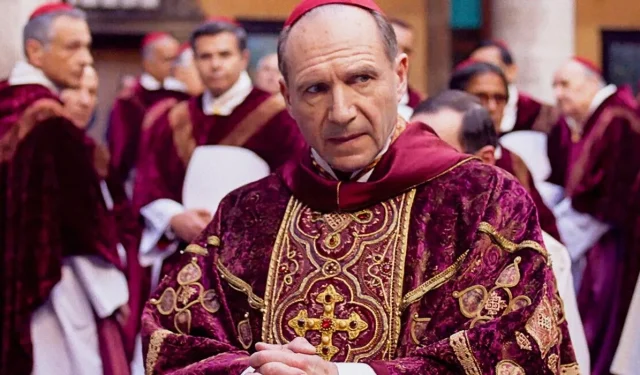In the wake of Pope Francis’s passing, the Catholic Church is poised to enter a significant transitional phase, marked by the upcoming conclave that will select his successor. The timeline for this pivotal event remains uncertain. Over the past 12 years, Pope Francis has exemplified a leadership style characterized by humility and compassion, striving to embrace marginalized communities. Tragically, on April 21, 2025, Pope Francis passed away at the age of 88 due to heart failure and a stroke, necessitating the appointment of a new leader for the Catholic Church. It is essential to note that, per church regulations, the role of pope is restricted to men.
The immediate procedure following the pope’s death involves convening a conclave—a discreet electoral gathering that garnered public interest partly due to its portrayal in the acclaimed 2024 film, Conclave. During this conclave, which is attended by cardinals under the age of 80, no votes are cast immediately after the pope’s demise. Instead, a brief waiting period allows for both mourning and preparation before the election process begins.
The Timing of the Conclave Following the Pope’s Death
A Considerate Delay: Mourning Before the Conclave

Typically, the interval between a pope’s death and the commencement of the conclave spans roughly 15 to 20 days. This period encompasses a nine-day mourning phase during which funeral rites are conducted. The actual burial occurs around days four to six following the death. In his memoir, Hope: The Autobiography, Pope Francis expressed a desire to forgo the elaborate ceremonial traditions associated with papal funerals, favoring instead a more modest tribute. He remarked:
I have arranged with the master of ceremonies to lighten it: no catafalque, no ceremony for the closure of the casket, nor the deposition of the cypress casket into a second of lead and a third of oak. With dignity, but like any Christian, because the bishop of Rome is a pastor and a disciple, not a powerful man of this world.
In a departure from established tradition, he has chosen to be interred at the Basilica of Santa Maria Maggiore rather than Saint Peter’s Crypt, reflecting the humility that has defined his papacy.
During the interval before the conclave, a series of “general congregations”will take place—a crucial procedure often overlooked in popular portrayals like the film Conclave. These congregations allow the College of Cardinals to gather, discuss significant issues facing the Catholic Church, and finalize important dates, including the funeral and the start of the conclave. According to ABC News, these general meetings will commence in Synod Hall, Vatican City, on April 22nd.
Duration of the Conclave: What to Expect
Duration and Process of the Conclave
Once the conclave assembles, the electoral processes depicted in the movie Conclave bear a close resemblance to reality. Cardinal electors will be isolated from external contact as they undertake their responsibilities. The conclave persists until a new pope is elected, requiring a two-thirds majority for selection. Notably, voting occurs up to four times daily, with restrictions on the first day allowing for only a single vote.
Out of 252 members, the College of Cardinals has identified 22 as viable candidates for the papacy. Historical records indicate that the longest conclave could last for several years; however, NPR reports that since 1831, all conclaves have concluded in under five days, and those post-1900 have consistently finished in less than four days. For Pope Francis, the election took just one day.
In the 2025 papal selection, the College of Cardinals has deemed 22 candidates suitable for the papacy, with several having been appointed by Pope Francis himself. A total of 135 cardinals will be eligible to cast their votes. As dramatized in Conclave, the public will receive notifications of the outcome through smoke signals, with white smoke indicating a new pope has been selected, while black smoke will denote the need for additional voting.


